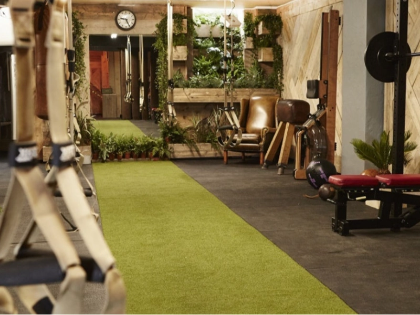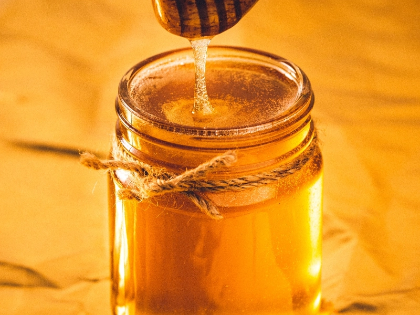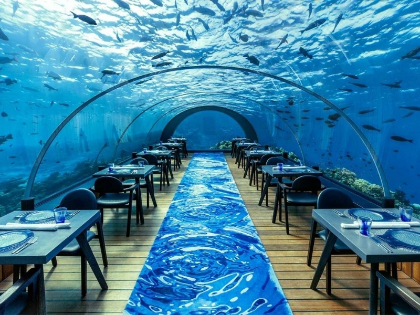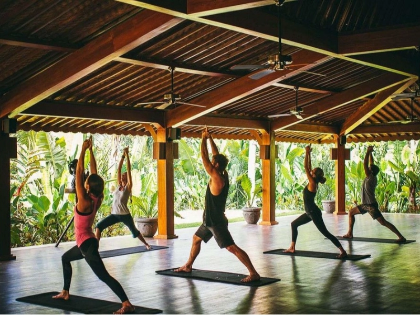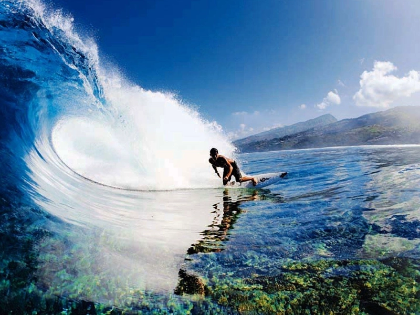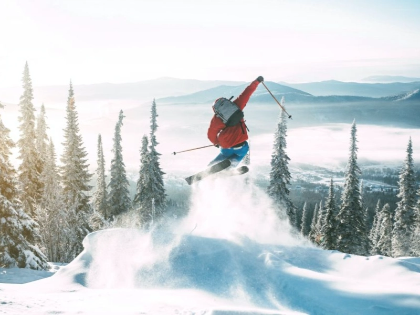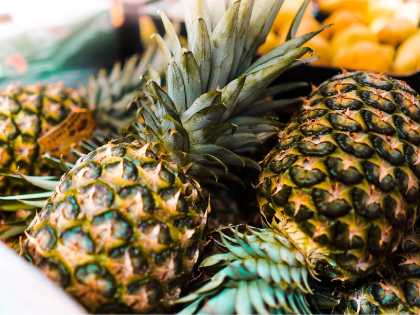Night Surfing: Riding Waves After Dark
Among experienced surfers and those trying to avoid the throng, nighttime surfing is a common pastime. Though it has risks, surfing in the moonlight may be an interesting and fulfilling experience. Pacific Surf School is here to ensure you maximise your nighttime excursions!
Light Sources
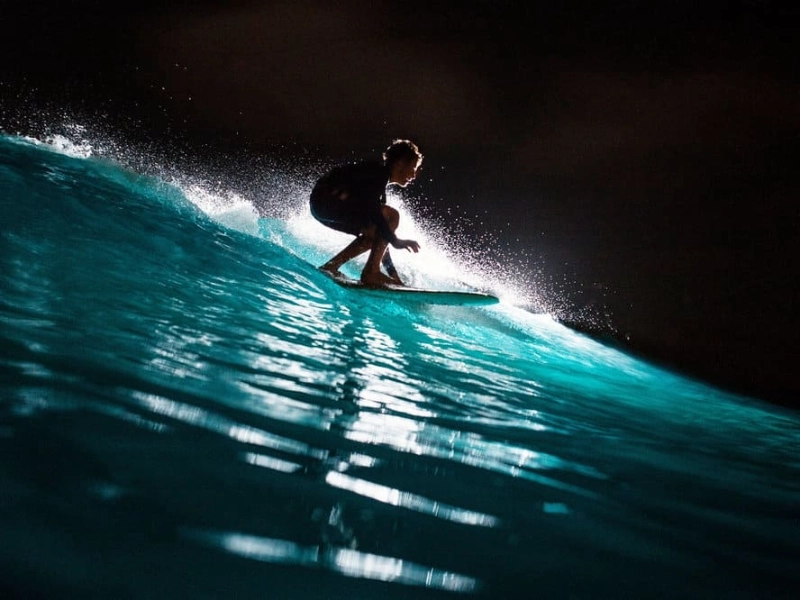
Moonlight
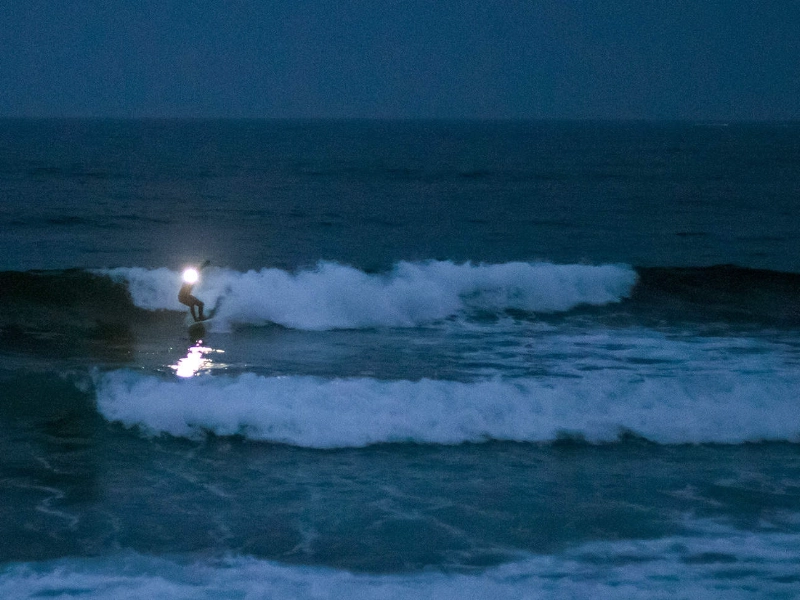 Many surfers embrace the challenge of night surfing whether they are looking for uncrowded breaks, cutting into work hours, or just wanted to get out for a session in the dark. Since no lifeguard is guarding your back at night, you should be ready for a new surroundings and know the hazards.
Snappers Rocks in Queensland assemble under the glow of a full moon for an unexpected experience at an often crowded beach. Surfers Using feelings rather than sight, 42-year-old Luis Mori of Mission Beach Surfing School said it was "incredible" to ride the waves as they glow beneath the moon. Beginning night surfers should attempt in a location they know, he advises. The unknown can be really frightening.
Many surfers embrace the challenge of night surfing whether they are looking for uncrowded breaks, cutting into work hours, or just wanted to get out for a session in the dark. Since no lifeguard is guarding your back at night, you should be ready for a new surroundings and know the hazards.
Snappers Rocks in Queensland assemble under the glow of a full moon for an unexpected experience at an often crowded beach. Surfers Using feelings rather than sight, 42-year-old Luis Mori of Mission Beach Surfing School said it was "incredible" to ride the waves as they glow beneath the moon. Beginning night surfers should attempt in a location they know, he advises. The unknown can be really frightening.
Red Tide
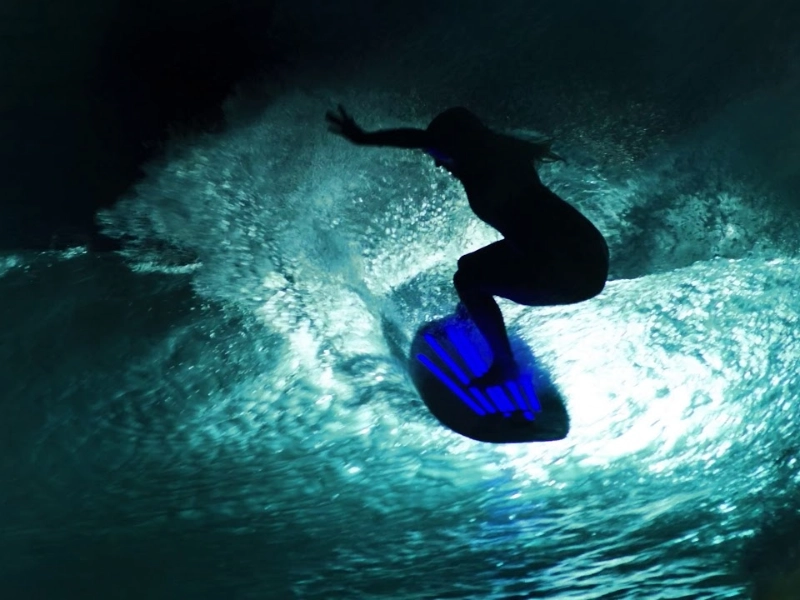 Red tide has been sweeping the coast of Southern California, coating beaches with a macabre-colored plankton bloom capable of killing fish and aggravating skin conditions in those who swim in the sea. Still, that same algae can create an amazing nighttime illumination show.
One San Diego local characterised the situation as a "Fourth of July on steroids," as photographers have been sprinting to the beaches to get pictures of shining waves. Although swimmers and surfers are still free to enter the sea in spite of the shelter-in-place rules, experts advise that these bioluminescent displays are most observed at least two hours following sunset.
A kind of dinoflagellate that emits toxins when churned up by waves and surfers causes the phenomena. Although humans are not harmed by this kind of harmful algal bloom, it can kill filter-feeding animals either from toxins or from insufficient oxygen in the water.
Red tide has been sweeping the coast of Southern California, coating beaches with a macabre-colored plankton bloom capable of killing fish and aggravating skin conditions in those who swim in the sea. Still, that same algae can create an amazing nighttime illumination show.
One San Diego local characterised the situation as a "Fourth of July on steroids," as photographers have been sprinting to the beaches to get pictures of shining waves. Although swimmers and surfers are still free to enter the sea in spite of the shelter-in-place rules, experts advise that these bioluminescent displays are most observed at least two hours following sunset.
A kind of dinoflagellate that emits toxins when churned up by waves and surfers causes the phenomena. Although humans are not harmed by this kind of harmful algal bloom, it can kill filter-feeding animals either from toxins or from insufficient oxygen in the water.
Glowsticks
An cheap approach to illuminate your board and surf after dark is with glowsticks. They are simple to use and radiate blues in the water. Usually found at party supplies and budget stores, they are Dive stores also sell these as one-time use tank markers to enable divers view their tanks in the dark. In some areas, such as Brazil's Aproador Beach—probably the home of Brazilian surfing—stadium lights shine on the surf area to let surfers stay out until daybreak. Still, you can surf waves at night if you know your area well and avoid getting too near to shore even without the lights. It's all about maintaining your eyes darkly tuned to search for approaching waves in the low light.
Lightweight Gear
Even if night surfing can be exciting, one should be careful and ready for the unanticipated. The fragility that goes along with this extreme sport may be a tremendous teacher, helping one to develop a better awareness of own boundaries and capabilities. Pacific Surf School supports this contemplative side of night surfing as a chance for development and self-awareness. Your night surfing experience can be much improved by the correct gear. A must are high-visibility wetsuits and rash guards; furthermore, waterproof flashlights and LED-lit surfboards. Furthermore helping you be visible to other surfers and prevent possible risks are water-resistant flashlights and glow sticks. Remember also to pack an emergency whistle and first aid kit. At last, always observe simple safety rules and surf with a friend or partner.
